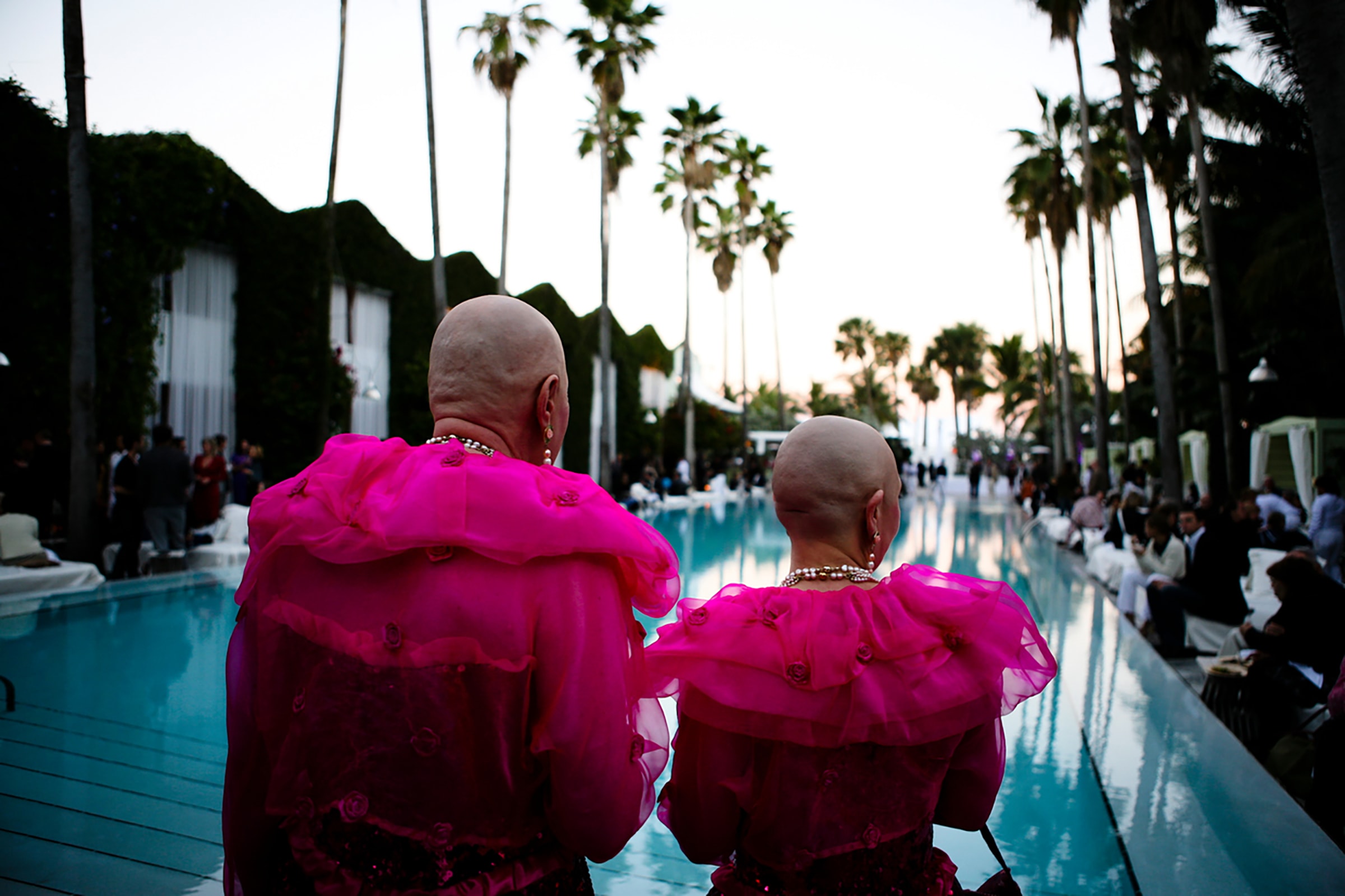This article is the second installment in a four-part series about the history of Art Basel Miami Beach published in the run up to Art Basel Miami Beach 2022. The first chapter can be read here, and the third chapter will be published on November 23, 2022.
In June 2001, the Miami Herald’s reporter Jane Wooldridge and its art critic Elisa Turner went to Art Basel in Switzerland to preview the fair for their newspaper’s readers and to convey the significance of having that event in South Florida. Wooldridge has covered every Art Basel Miami since.
When Wooldridge first moved to Miami in 1983 to work at the Herald, she experienced culture shock, having lived in New York. ‘We had no resident ballet company, no theater to speak of, and what art scene existed was somewhat underground,’ she says. ‘The only place you could get dinner after 7:30 was Versailles in Little Havana.’
‘I’ve had the great privilege of watching Miami morph into an amazing place,’ Wooldridge adds. ‘But we’re still a Latin American city, and that’s part of our charm.’

Indeed, that morphing of Miami has been profound, the early organizers of Art Basel Miami Beach say. Over the years, they have had a front-row seat on watching the fair transform a tired city largely associated with retirees into an international destination.
‘Miami was perceived as God’s waiting room,’ says Goodman, ‘and then it was perceived as a home for drugs and cocaine and crime. We changed the image of Miami.’
‘It’s been amazing to experience the evolution of Miami Beach, first as a journalist and then as part of Art Basel,’ says Marc Spiegler, who joined Art Basel in 2007 as co-director and has led the organization since 2012. [As of November 2022, he will pass the baton to Noah Horowitz, who’ll take on the new role of Art Basel CEO.] ‘In the beginning it was really driven by the energy and the generosity of the private collectors, who competed to do the best show in town every December, but also often collaborated to enrich and expand the community’s cultural life. Over time, many of those private collections moved from homes into proper institutional spaces and at the same time the public museums of Miami leveled up significantly.’
Artist Mark Handforth remembers that when he first came to Miami from London after art school in the early 1990s, South Beach was sketchy and run down. ‘The big hotels were still gutted crack houses, and it was super cheap and weirdly beautiful,’ he recalls. ‘A very different kind of landscape, piercing sun by day and a neon day-for-night existence for so many people.’
Handforth’s wife, artist Dara Friedman, had the idea to come in the first place. ‘She wanted to film here, so we just got on a plane,’ he says. ‘We have both worked here on and off ever since, and while so much has changed with the influx of money and unhinged development, certain fundamental tensions remain intact and inspired... its richly dislocated neighborhoods and fabulously combative tropical entropy.’
The Rubell Collection relocated to Miami soon after Handforth arrived and he worked on its first incarnation in Wynwood, which featured pieces by Cady Noland, Paul McCarthy, David Hammons, and José Bedia. ‘That work made so much sense in a city without monolithic cultural hierarchies,’ Handforth says. ‘In a place that’s experienced so many varied iterations of itself, there was, and is, still room to create.’

Given the relative chaos and mess of Miami at the time, the idea of doing a serious art fair there – not to mention a version of Art Basel, whose Switzerland incarnation was known for being cool, rational, and organized – ‘sounded like total insanity’, says Handforth. ‘You might as well have suggested a fair on the moon,’ he adds.
While Art Basel has now inspired new fairs all over the world, when Miami started, it was still something of a rarity. ‘I had no real sense of what it would be like,’ Wooldridge says. ‘The idea that such museum-level works were available for sale to the average multimillionaire Joe was a revelation.’
The first installment of this story can be read here, and the third installment will be published on Wednesday, November 23, 2022.
This article was originally commissioned for the Art Basel Miami Beach magazine 2022.
Robin Pogrebin has been a reporter for The New York Times since 1995, where she covers cultural institutions, the artworld, architecture, and other subjects.
Captions for full-bleed images: 1. Miami skyline. Photo by Matthew T. Rader. 2. An artwork by Santiago Sierra installed outside during Art Basel Miami Beach. 3. Hotel balconies in South Beach. Photo by Nichlas Andersen.